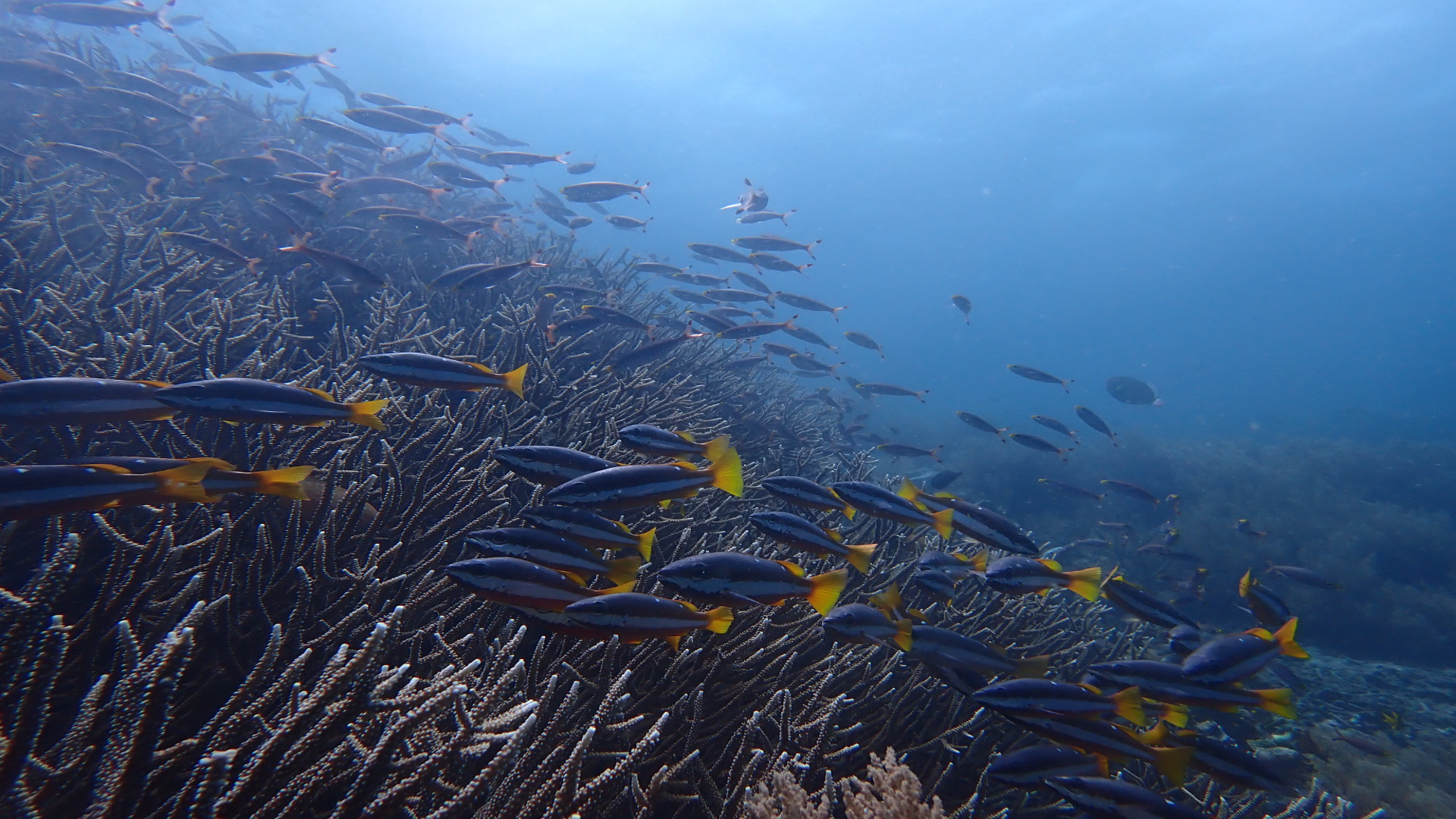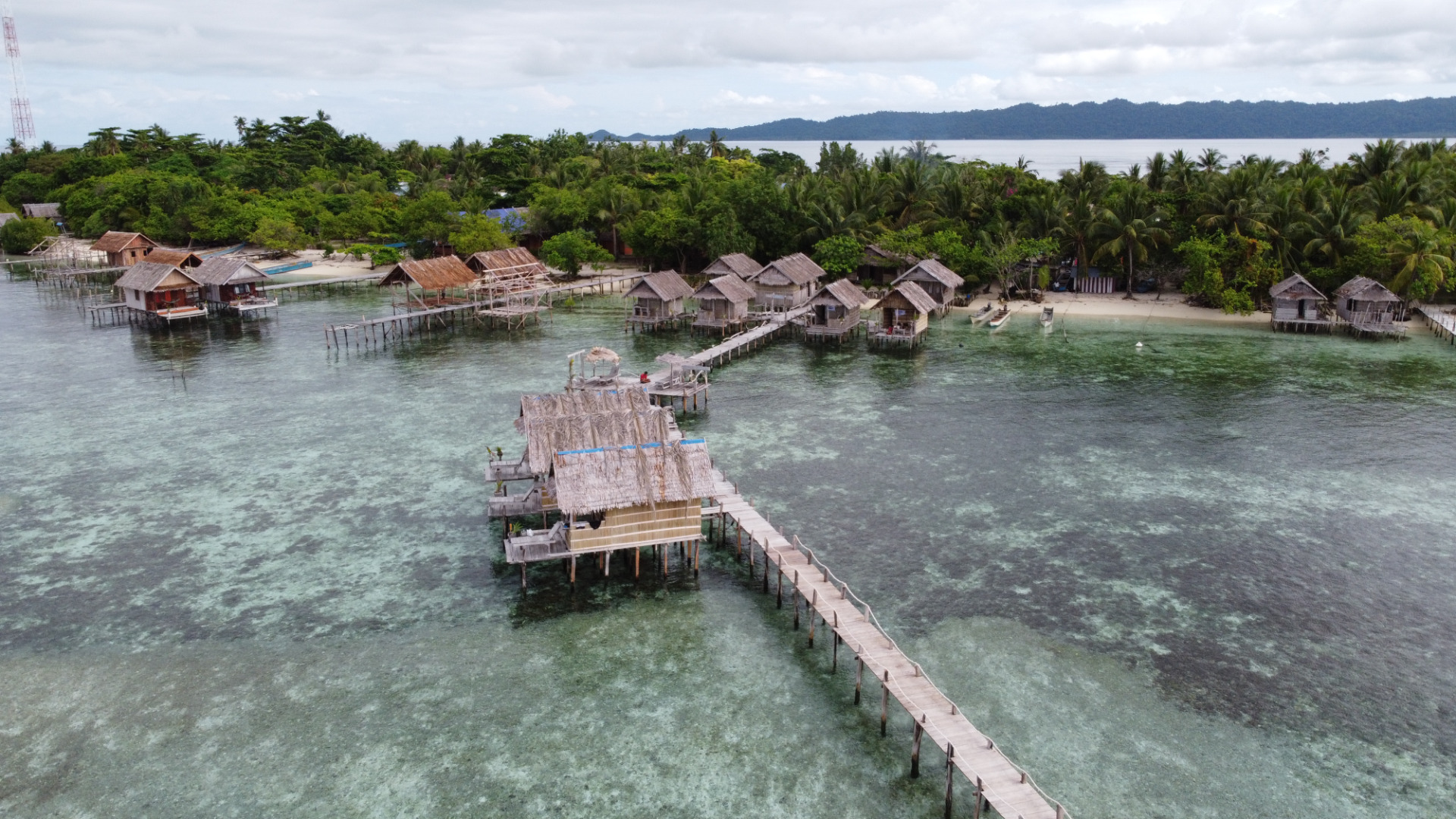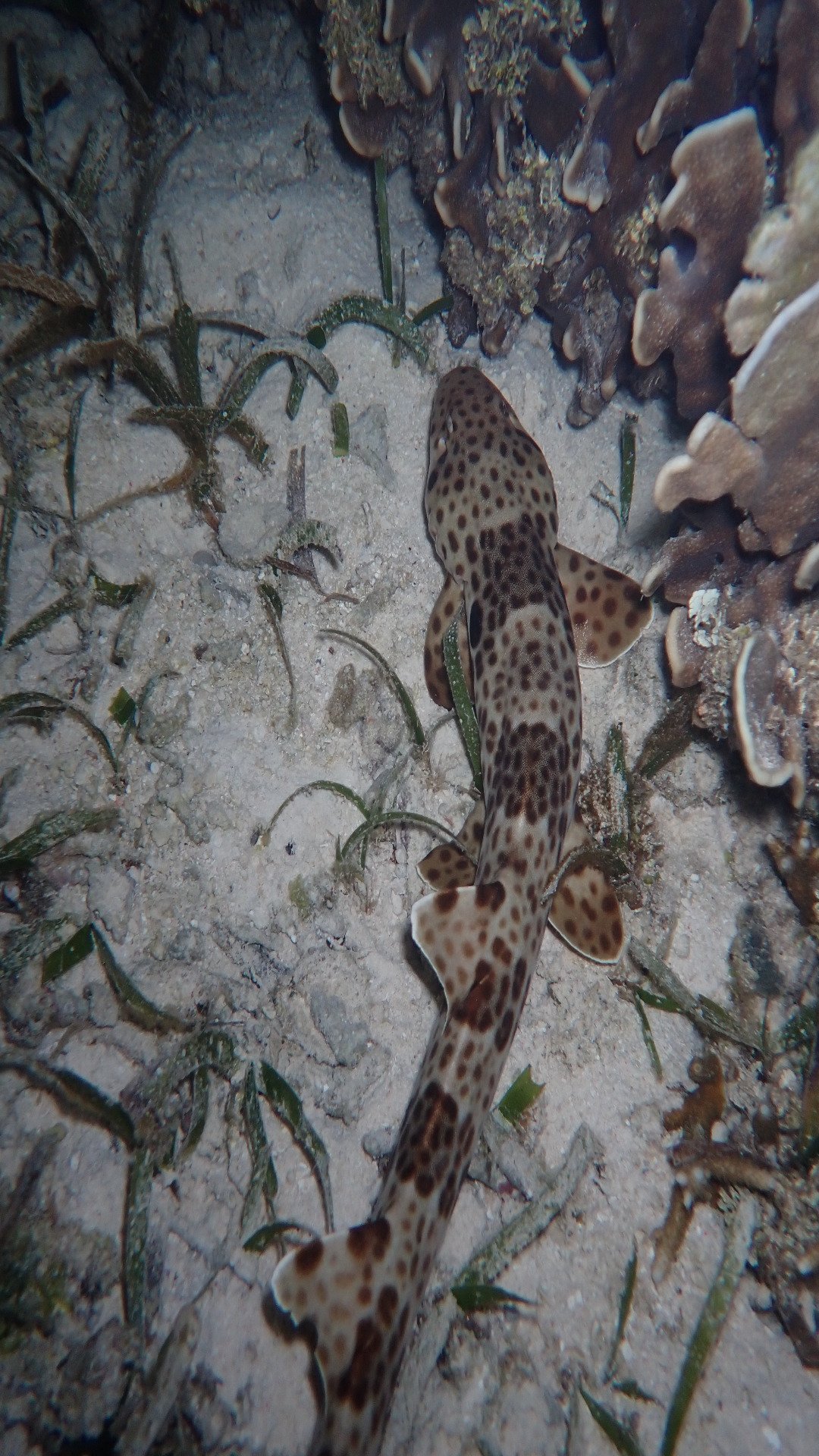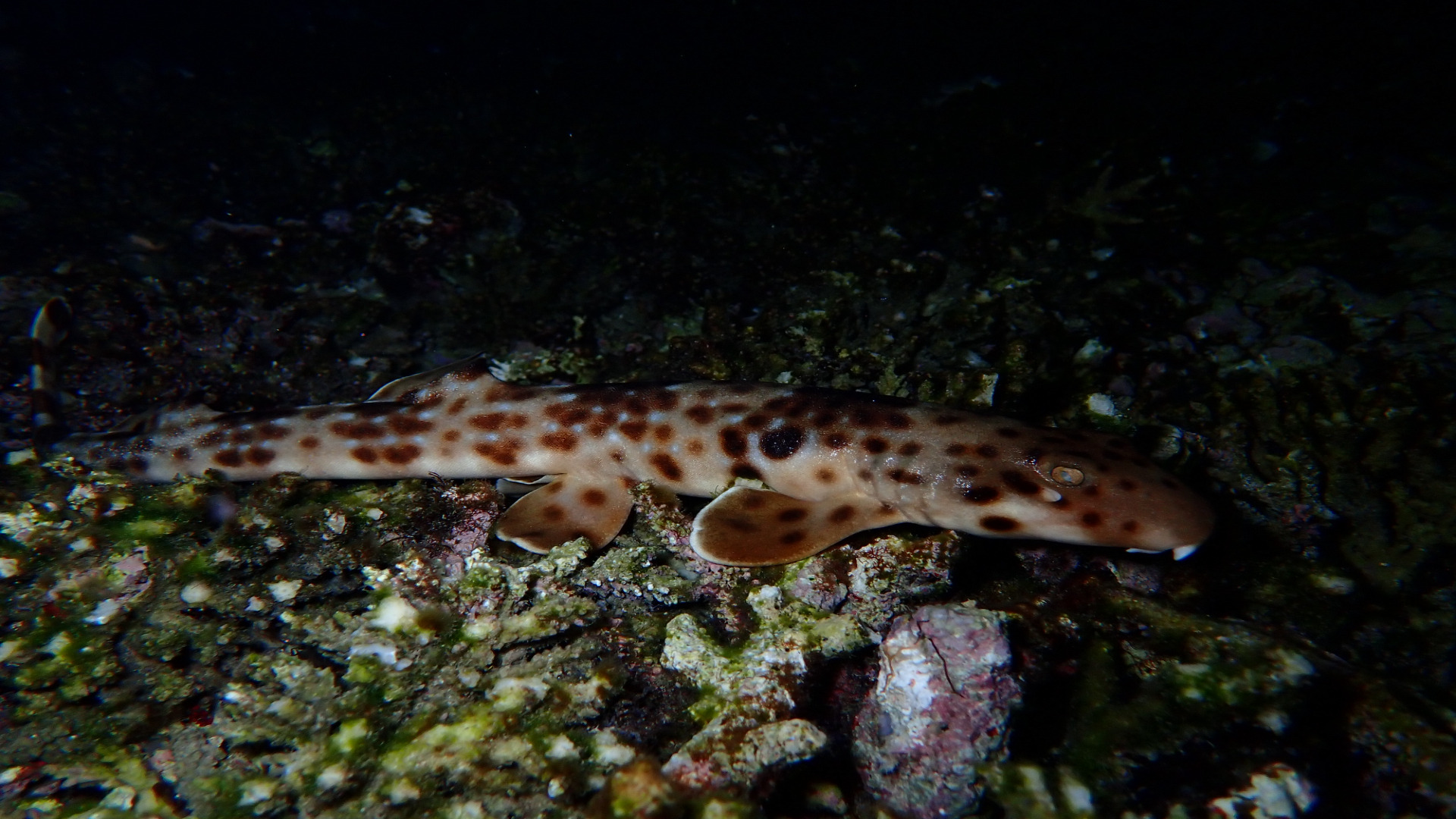Raja Ampat and their Endemic Shark Species
There are not many places where you will leave your heart, but at Raja Ampat you definitely will. It is home to thousands of marine species and is known to be one of the most biodiverse marine ecosystems in the world, owning the crown jewel of the Coral Triangle. For this reason, Raja Ampat has developed into an internationally renowned tourist destination that contributes substantially to the Regency’s economic growth. In their commitment to protecting the precious oceans of Raja Ampat, the Regional Government declared 5 Marine Protected Areas (MPAs) across the entire archipelago in 2009: Ayau-Asia, Mayalibit Bay, Misool, Kofiau-Boo, and Dampier Strait. However, getting to certain locations in these MPAs might be relatively difficult as they are very remote and limited in their amenities. Still, many villages are accessible with a boat ride from either Sorong, Waisai–Arborek or Yenbuba, to name a few.

Raja Ampat waters. Photo © Muhammad Wiralaga Dwi Gustianto
Arborek and Yenbuba Village is located in the Dampier Strait MPA. Based on a study in 2017, the community depends heavily on their daily fish catch as part of their primary livelihood. Even though most people are fishermen, some have pivoted and are starting to rely on tourism as their main source of income—finally earning an award for Arborek’s tourist attraction by the Ministry of Tourism in Indonesia in 2021. The constant visits of travelers allow the locals to manage their own homestays and shops, become guides, display their rich culture, and most importantly, showcase the nature surrounding them. Both Arborek and Yenbuba have so much to offer, which includes but is not limited to, breath-taking karst islands, pristine and crystal-clear waters, dense coral coverage, diverse and charming marine life, great numbers of manta ray cleaning stations, and frequent sightings of endemic species—one of them being the Raja Ampat Epaulette or Walking Shark (Hemiscyllium freycineti).

Aerial view of Arborek village. Photo © Muhammad Wiralaga Dwi Gustianto
The Epaulette or Walking Shark, locally called “Kalabia” or “Mandemor”, is unique in using their pectoral and pelvic fins to “walk” on substrates, hence their common name. It is also known that they could survive a certain period in oxygen-depleted conditions. Moreover, they are nocturnal and could be found plain-sighted in shallow waters amongst seagrasses and mangroves or between corals, making them easy to spot by diving, snorkeling, or walking. Hemiscyllium freycineti is classified as Near Threatened on the IUCN Red List. Fortunately, it is protected by the Raja Ampat Regency Law (No. 9/2012), which provides full protection to all sharks and rays within the 45,000 km2 Raja Ampat Regency, and also nationally by the Ministry of Fisheries and Marine Affairs (No. 30/2023). Despite its conservation and protection status, the species still faces threats of habitat degradation, climate change, and artisanal fishing. Our team (Elasmobranch Project Indonesia) have completed our survey with Raja Ampat Epaulette Shark in September.
Curious and would like to know more information about the result? Stay tuned for the next article!


Raja Ampat Epaulette Shark (Hemiscyllium freycineti). Photo © Muhammad Wiralaga Dwi Gustianto & Faqih Akbar Alghozali
